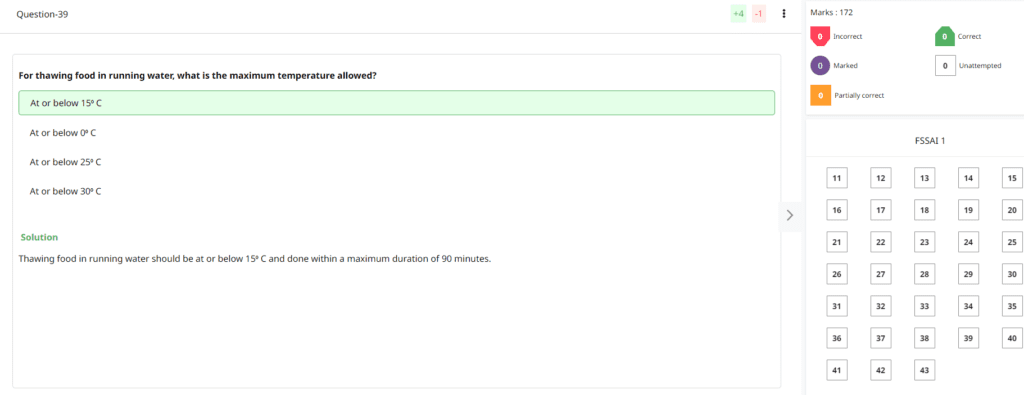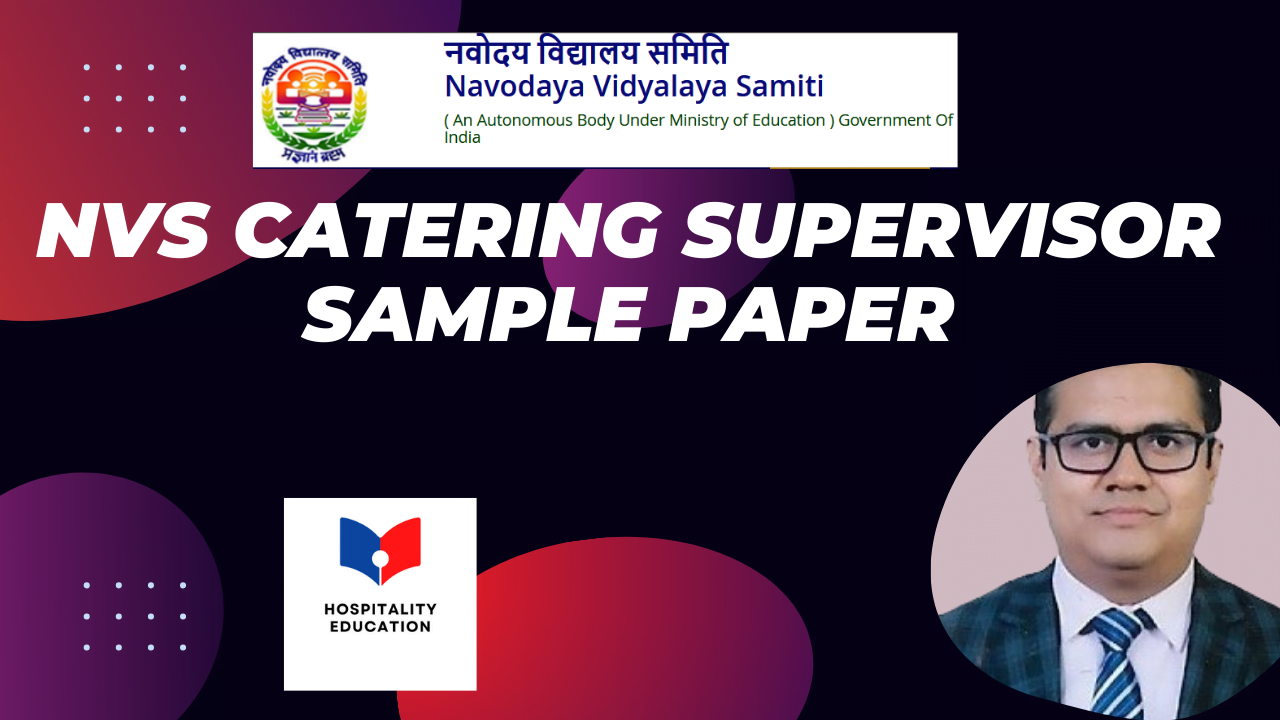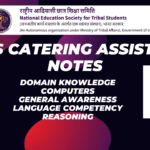
Sadya is a traditional banquet of the Indian state of Kerala, typically served as a grand feast during the festival of Onam, Vishu, and other significant occasions such as weddings and birthdays. The term "Sadya" translates to "banquet" in Malayalam, and it is renowned for its elaborate and diverse array of dishes, reflecting the rich culinary heritage of Kerala.
Components of Sadya
A traditional Sadya is served on a banana leaf, with each item having a specific place and sequence. The meal is primarily vegetarian and includes a wide variety of tastes, textures, and flavors. Here are some key components commonly found in a Sadya:
- Rice: The main staple, usually served in generous portions.
- Parippu: A thick lentil curry typically served with ghee.
- Sambar: A spicy and tangy lentil-based vegetable stew.
- Rasam: A thin, spicy soup made with tamarind or tomato base.
- Avial: A mixed vegetable curry with coconut and yogurt.
- Thoran: A dry vegetable dish cooked with grated coconut.
- Olan: A light and subtle dish made with ash gourd and black-eyed peas in a coconut milk base.
- Kaalan: A thick curry made from yogurt, coconut, and vegetables like yam and raw banana.
- Pachadi: A sweet and sour curry made from vegetables or fruits and yogurt.
- Kichadi: Similar to Pachadi, but usually spicier.
- Puliyinchi: A tangy and spicy preparation made with ginger, tamarind, and jaggery.
- Puli Inji: A sweet and sour ginger-tamarind chutney.
- Achaar: Pickles made from raw mango, lime, or other seasonal vegetables.
- Papadam: Crisp, deep-fried lentil wafers.
- Banana Chips: Thinly sliced and deep-fried bananas.
- Sharkara Varatti: Jaggery-coated banana chips.
- Payasam: A sweet dessert, often rice or lentil-based, cooked in milk and flavored with cardamom, raisins, and cashews.
Serving and Etiquette
Sadya is traditionally served on a banana leaf, with the narrow part of the leaf facing the diner’s left. The food items are placed in a specific order on the leaf, and it is customary to eat with the right hand. Each item is tasted in a particular sequence to appreciate the progression of flavors.
Cultural Significance
Sadya holds a special place in Kerala's culture and heritage. It is not just a meal but a festive occasion that brings together family and friends to celebrate and share. The meticulous preparation and serving of Sadya symbolize abundance, hospitality, and the richness of Kerala's culinary traditions.
The Onam Sadya, in particular, is a highlight of the Onam festival, celebrated to mark the homecoming of the mythical King Mahabali. This feast is a reflection of the prosperity and happiness associated with his reign.

Sadya is a traditional banquet of the Indian state of Kerala, typically served as a grand feast during the festival of Onam, Vishu, and other significant occasions such as weddings and birthdays. The term "Sadya" translates to "banquet" in Malayalam, and it is renowned for its elaborate and diverse array of dishes, reflecting the rich culinary heritage of Kerala.
Components of Sadya
A traditional Sadya is served on a banana leaf, with each item having a specific place and sequence. The meal is primarily vegetarian and includes a wide variety of tastes, textures, and flavors. Here are some key components commonly found in a Sadya:
- Rice: The main staple, usually served in generous portions.
- Parippu: A thick lentil curry typically served with ghee.
- Sambar: A spicy and tangy lentil-based vegetable stew.
- Rasam: A thin, spicy soup made with tamarind or tomato base.
- Avial: A mixed vegetable curry with coconut and yogurt.
- Thoran: A dry vegetable dish cooked with grated coconut.
- Olan: A light and subtle dish made with ash gourd and black-eyed peas in a coconut milk base.
- Kaalan: A thick curry made from yogurt, coconut, and vegetables like yam and raw banana.
- Pachadi: A sweet and sour curry made from vegetables or fruits and yogurt.
- Kichadi: Similar to Pachadi, but usually spicier.
- Puliyinchi: A tangy and spicy preparation made with ginger, tamarind, and jaggery.
- Puli Inji: A sweet and sour ginger-tamarind chutney.
- Achaar: Pickles made from raw mango, lime, or other seasonal vegetables.
- Papadam: Crisp, deep-fried lentil wafers.
- Banana Chips: Thinly sliced and deep-fried bananas.
- Sharkara Varatti: Jaggery-coated banana chips.
- Payasam: A sweet dessert, often rice or lentil-based, cooked in milk and flavored with cardamom, raisins, and cashews.
Serving and Etiquette
Sadya is traditionally served on a banana leaf, with the narrow part of the leaf facing the diner’s left. The food items are placed in a specific order on the leaf, and it is customary to eat with the right hand. Each item is tasted in a particular sequence to appreciate the progression of flavors.
Cultural Significance
Sadya holds a special place in Kerala's culture and heritage. It is not just a meal but a festive occasion that brings together family and friends to celebrate and share. The meticulous preparation and serving of Sadya symbolize abundance, hospitality, and the richness of Kerala's culinary traditions.
The Onam Sadya, in particular, is a highlight of the Onam festival, celebrated to mark the homecoming of the mythical King Mahabali. This feast is a reflection of the prosperity and happiness associated with his reign.











